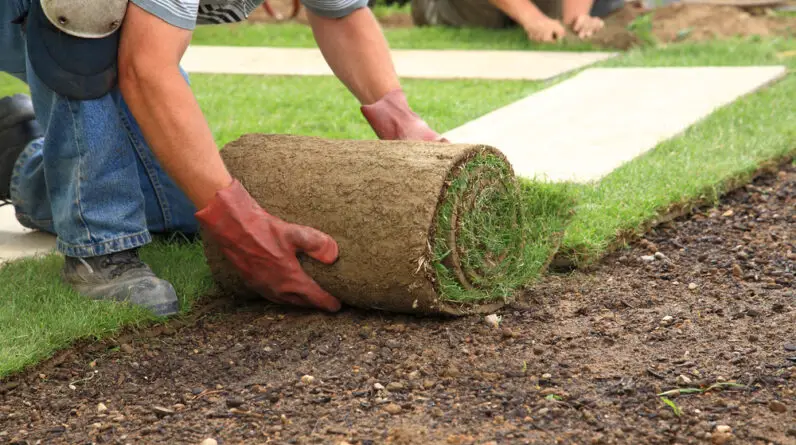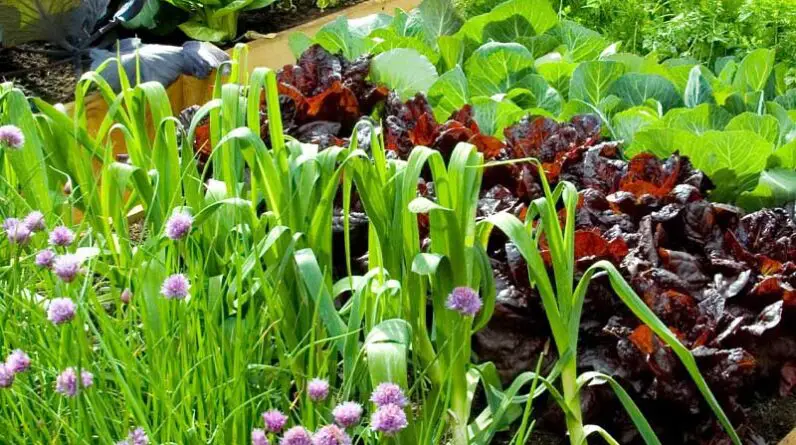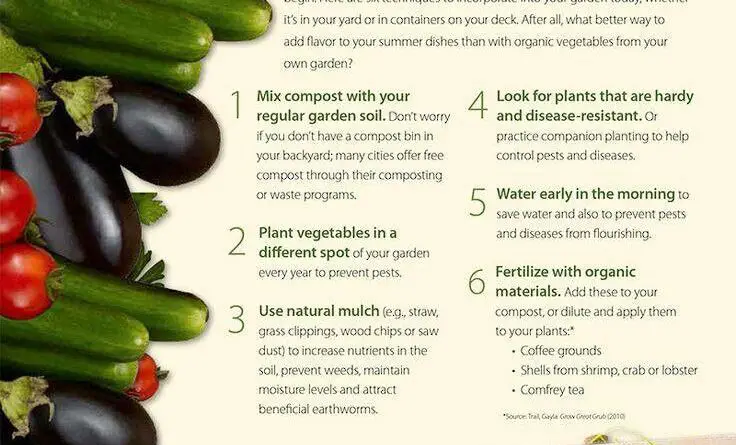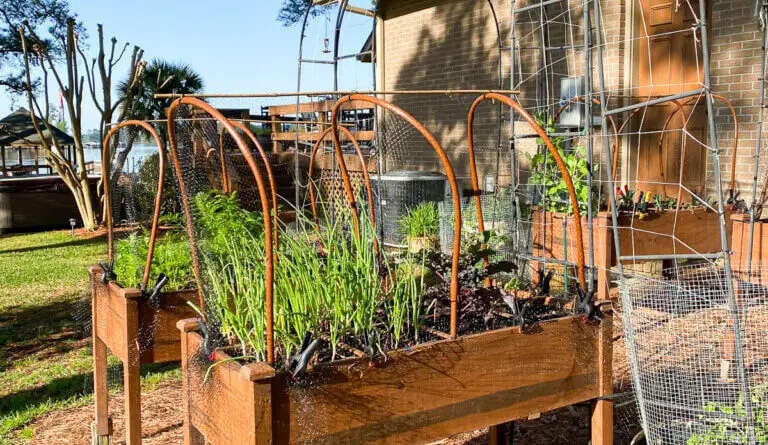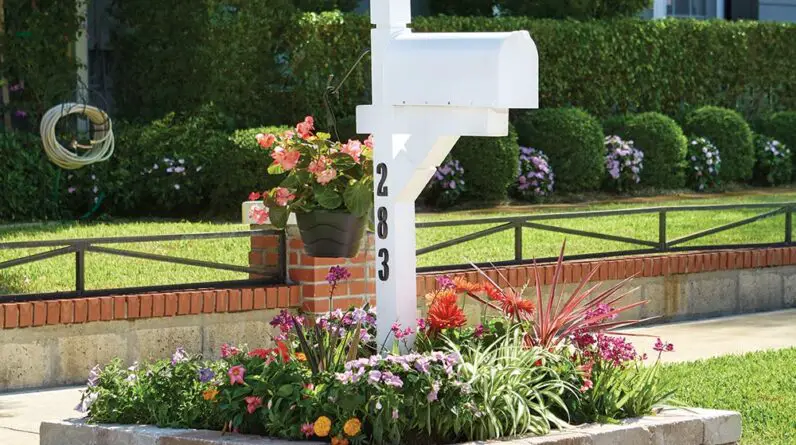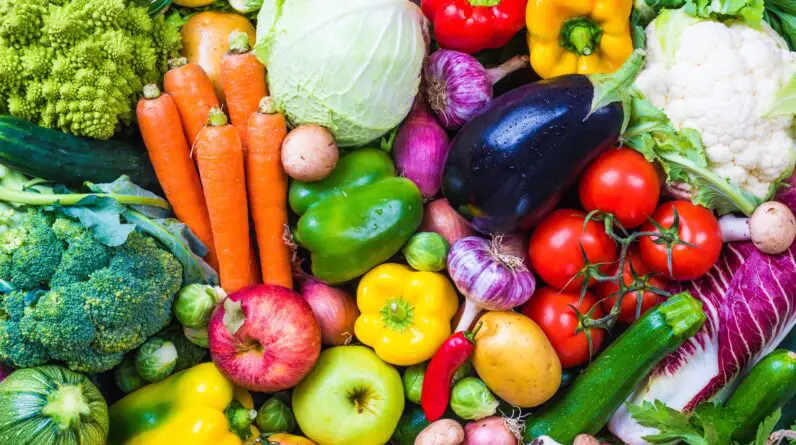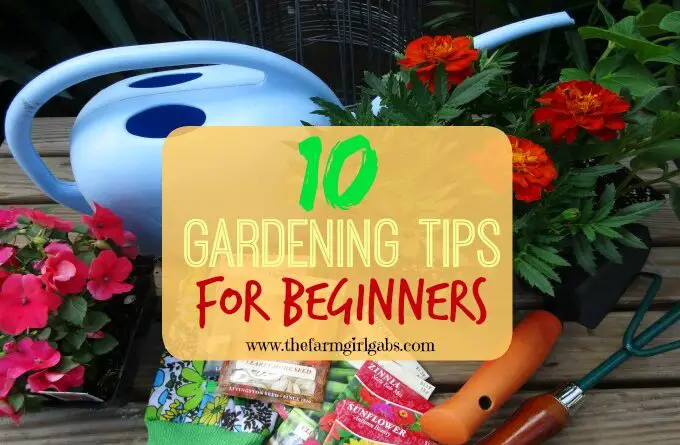
Introduction
Flower gardening is not only a beautiful and rewarding hobby but also a great way to connect with nature and enhance the visual appeal of your surroundings. As a beginner, diving into the world of flower gardening might seem intimidating, but with the right tips and guidance, it can be a delightful experience.
Why Start Flower Gardening?
Starting a flower garden can bring immense joy by adding colors, fragrance, and life to your outdoor space. It allows you to create a personal sanctuary where you can relax and unwind amidst the beauty of nature. Additionally, flower gardening provides a creative outlet, allowing you to express your individuality and showcase your style through the choice of flowers and their arrangement.
Benefits of Flower Gardening for Beginners
For beginners, flower gardening offers numerous benefits. Firstly, it is a fantastic stress-reliever and can help improve mental well-being. Tending to your flowers, watching them grow and thrive, can bring a sense of accomplishment and happiness. Flower gardening also provides an opportunity to develop patience, as you learn to nurture and care for your plants over time. Furthermore, engaging in physical activities such as planting, watering, and weeding can be a great form of exercise.
In the following sections, I will share ten essential tips for beginners to help you get started with flower gardening. These tips will cover everything from selecting the right flowers and preparing your soil to watering, fertilizing, and maintaining your garden. So let’s jump right in and unlock the wonders of flower gardening!
Choosing the Right Location
When it comes to flower gardening, one of the most important factors to consider is choosing the right location. This can greatly affect the success of your garden and the health of your plants. In this section, I will discuss the importance of sunlight and the consideration of soil type.
Importance of Sunlight
Sunlight is crucial for the growth and development of flowers. As a beginner gardener, it is essential to choose a location that receives an adequate amount of sunlight. Most flowers require at least six hours of direct sunlight each day, although some varieties may have specific sunlight requirements. By ensuring that your garden receives enough sunlight, you will promote healthy growth, vibrant colors, and beautiful blooms.
Consideration of Soil Type
The type of soil in your garden can greatly impact the health and overall success of your flowers. It is important to consider the soil type and make any necessary amendments to create the ideal growing conditions. Different flowers have different soil preferences, so it is essential to research the specific needs of the flowers you intend to plant. Additionally, testing your soil’s pH level can help you determine if any adjustments are needed.
choosing the right location for your flower garden is crucial for its success. By considering the importance of sunlight and the soil type, you can ensure that your flowers thrive and provide a stunning display. Happy gardening!
Selecting the Right Flowers
Flower gardening can be a rewarding and enjoyable hobby for beginners like me. However, with so many types of flowers to choose from, it can be overwhelming to know where to start. That’s why I’ve gathered these 10 flower gardening tips for beginners to help in selecting the right flowers for our garden.
Types of flowers ideal for beginners
As a beginner, it’s important to start with flowers that are easy to grow and maintain. Some ideal options include marigolds, petunias, zinnias, and sunflowers. These flowers are hardy, resilient, and perfect for beginners like me who are just starting out.
Consideration of climate and season
When selecting flowers for our garden, it’s crucial to consider the climate and season in our area. Certain flowers thrive better in specific climates. For example, if we live in a tropical region, we might consider planting hibiscus or bougainvillea. On the other hand, if we reside in a cooler climate, pansies or snapdragons would be more suitable choices.
By considering our climate and the current season, we can ensure that our flowers have the best chance of thriving and blooming beautifully.
Now that we’ve covered the important aspect of selecting the right flowers, let’s move on to the next section, where we’ll discuss the essential tips for preparing the soil.
Preparing the Soil
One of the first steps to a successful flower gardening experience is to properly prepare the soil. This will ensure that your flowers have the nutrients they need to thrive and grow beautifully. In this section, I will provide you with some tips on how to prepare your soil effectively.
Clearing the area
Before you start planting your flowers, it’s important to clear the area of any weeds, grass, or debris. These unwanted plants can compete with your flowers for water, sunlight, and nutrients. Take the time to remove them all to create a clean and fresh space for your flowers to grow.
Improving soil fertility
To improve the fertility of your soil, you can add organic matter such as compost, manure, or leaf mold. These natural amendments will enrich the soil with essential nutrients and promote healthy root development. Simply spread a layer of organic matter over the soil and gently mix it in using a garden fork or rake.
By clearing the area and improving the soil fertility, you will be on your way to creating an optimal environment for your flowers to thrive. Remember, a healthy soil is the foundation for a successful flower garden, so invest some time in preparing it properly. In the next section, I will provide you with some tips on selecting the right flowers for your garden. Stay tuned!
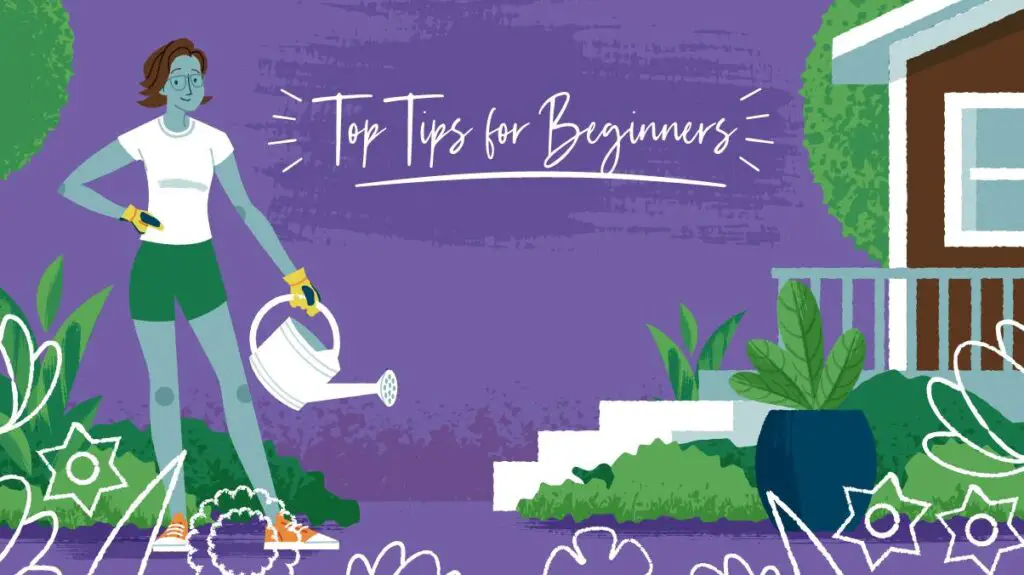
This image is property of images.contentstack.io.
Planting and Transplanting
Proper spacing and depth
When it comes to flower gardening, one of the most important things to consider is the proper spacing and depth for planting your flowers. Giving your flowers enough space to grow and thrive is essential for their health and overall appearance. As a beginner, it can be tempting to overcrowd your garden with too many flowers, but this can lead to competition for resources and hinder their growth. To ensure proper spacing, I recommend following the guidelines provided on the seed packets or plant labels. Additionally, make sure to plant your flowers at the correct depth. Some flowers, like bulbs, require planting at specific depths to ensure successful growth and blooming.
Transplanting techniques
Transplanting can be a useful technique when you want to rearrange your flower garden or when you need to relocate certain plants. To successfully transplant your flowers, start by preparing the new planting hole with adequate spacing and proper depth. Carefully dig up the plant, making sure to preserve as much of the root system as possible. Gently place the plant in the new hole and fill it with soil, ensuring that the plant is at the same level it was originally. Water thoroughly to help the roots establish in their new environment. It’s important to note that not all flowers are easily transplantable, so it’s recommended to research the specific requirements of each flower before attempting to transplant them.
By following these tips for planting and transplanting your flowers, you will create a flourishing garden that brings joy and beauty to your outdoor space. Remember to always consider the unique needs of each flower and provide the proper care they require. With time and practice, your gardening skills will develop, and you’ll become a seasoned floriculturist. Happy gardening!
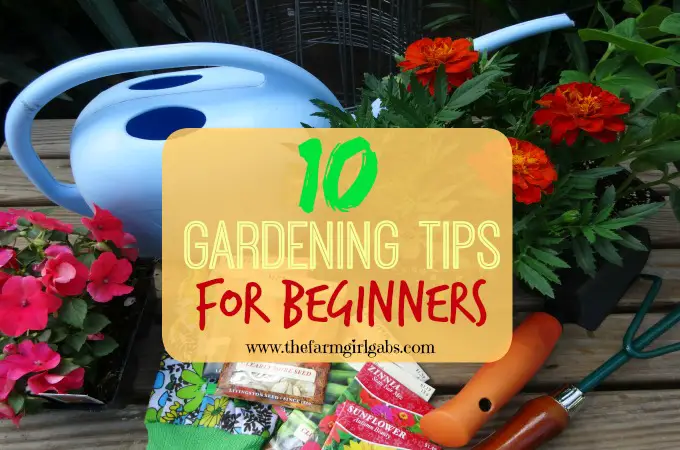
This image is property of thefarmgirlgabs.com.
Watering and Fertilizing
Maintaining adequate hydration
One of the most crucial aspects of flower gardening is ensuring that your plants receive the right amount of water. As a beginner, it’s important to understand the watering needs of each individual flower variety you choose. Some flowers, like marigolds, daisies, and zinnias, prefer consistently moist soil, while others, like succulents and lavender, thrive in drier conditions. Throughout the growing season, it’s essential to monitor the moisture level of your soil by sticking your finger a few inches into the ground. If it feels dry, it’s time to water.
Choosing the right fertilizers
In addition to proper watering, fertilizing is another key factor in the success of your flower garden. Fertilizers provide essential nutrients that support healthy plant growth and vibrant blooms. Before applying any fertilizers, it’s crucial to understand the specific nutritional requirements of your flowers. Some varieties may benefit from a slow-release fertilizer, while others may thrive with organic options. Research the specific needs of your chosen flowers and apply the appropriate fertilizer accordingly.
Remember, over-watering can be just as detrimental to your plants as under-watering. Additionally, fertilizers should be applied at the recommended rates to avoid burning the plants. By keeping a careful eye on your watering and fertilizing practices, you’ll be rewarded with a beautiful, healthy flower garden that will make you proud.
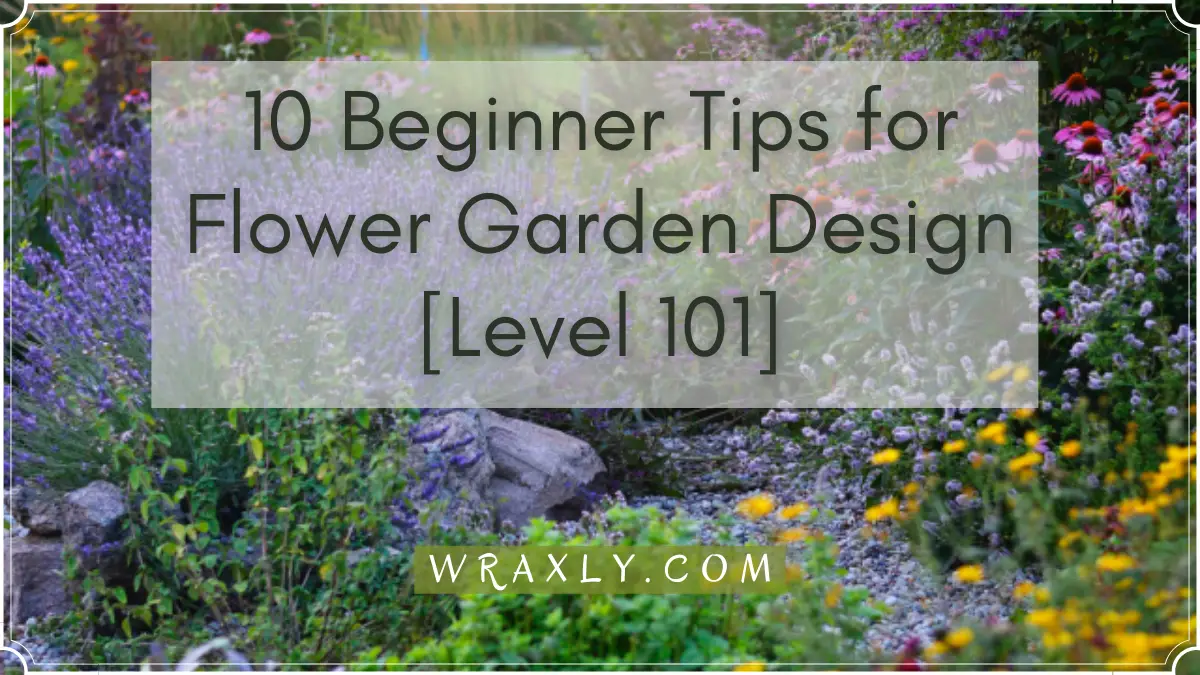
This image is property of wraxly.com.
Weeding and Pest Control
One of the most important aspects of flower gardening is the control of weeds and pests. Weeds can quickly overrun your beautiful flower bed and steal vital nutrients and water from your plants. Therefore, it is essential to regularly identify and remove these pesky invaders. By carefully inspecting your garden and pulling weeds at the root, you can effectively eliminate them without causing damage to your flowers.
Identifying and removing weeds
To identify weeds, familiarize yourself with the most common types in your area. This will help you distinguish them from your desired plants. Once you spot a weed, it’s crucial to remove it promptly. Use a small hand trowel or garden fork to dig deep into the soil and ensure you remove the entire weed, including its root system. This will prevent them from regrowing and spreading throughout your garden.
Natural and organic pest control methods
Pests can also wreak havoc on your flowers, so it’s essential to implement natural and organic pest control methods. This not only protects your plants but also keeps harmful chemicals out of your garden. For instance, you can introduce beneficial insects like ladybugs and lacewings, which feed on pests. Additionally, you can create homemade pest repellents using ingredients like garlic, vinegar, or neem oil.
By following these weeding and pest control tips, you can maintain a flourishing flower garden that is free from invasive weeds and pesky insects. Enjoy the beauty and fragrance of your blooms without the worry of unwanted visitors. Happy gardening!
Conclusion
I hope these 10 flower gardening tips for beginners have been helpful in getting you started on your journey to creating a beautiful and thriving flower garden. Remember, gardening is a continuous learning process, and it may take some time for you to get the hang of it. But with patience, dedication, and a little bit of trial and error, you will soon be enjoying the rewards of your hard work.
Enjoying the rewards of flower gardening
As you see your flowers blooming and your garden coming to life, take a moment to appreciate the beauty and the joy that gardening brings. Whether you are growing flowers for their vibrant colors, delightful scents, or to attract pollinators, the rewards of flower gardening are many.
Continued learning and improvement
Just like any other skill, gardening takes time and practice to master. Even experienced gardeners are constantly learning and improving their techniques. So don’t be afraid to make mistakes. Learn from them and keep experimenting with different plants, techniques, and designs. The more you learn, the better you will become at creating a stunning flower garden.
Remember, the journey of flower gardening is as important as the end result. So enjoy the process, have fun, and let your creativity blossom!


